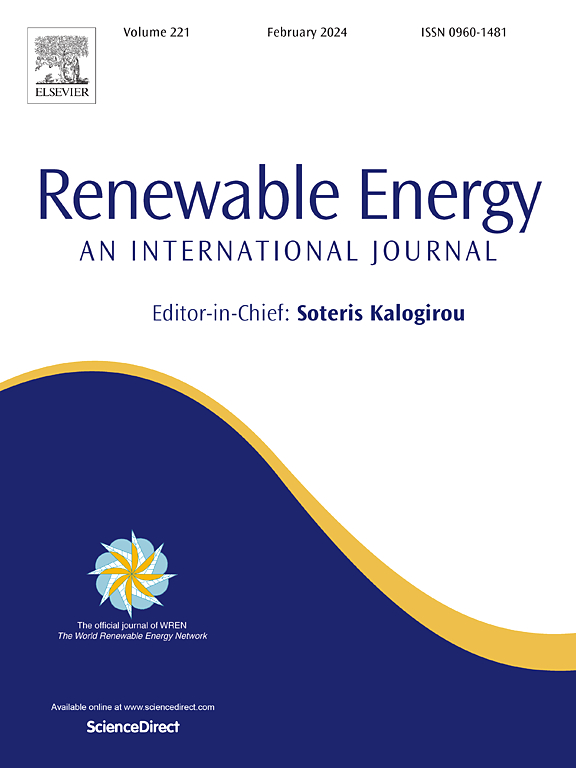Boosting PEM fuel cell performance with a designed mesoporous carbon-supported catalytic layer
IF 9
1区 工程技术
Q1 ENERGY & FUELS
引用次数: 0
Abstract
The mesoporous carbon-supported (MCS) catalytic layer (CL) has a great specific surface area, thereby benefiting the formation of Pt active sites within the CLs of polymer electrolyte membrane (PEM) fuel cells. The primary pores of mesoporous carbons (MCs) significantly impact electrochemical reactions and mass transport inside the MCS CL, consequently affecting fuel cell performance. A stochastic algorithm is employed to recreate the microstructure of the MCS CL. The effects of primary pore size, depth and number on oxygen reduction reaction (ORR) within the MCS CL, considering the Pt poisoning effects resulting from the intruded ionomer, are evaluated via the lattice Boltzmann (LB) method. The simulation findings show that a larger primary pore size promotes mass transfer inside the MCS CL; nevertheless, the ionomer tends to invade the pores, causing Pt poisoning, especially under a high ionomer intrusion ratios. Furthermore, increasing the pore depth and number initially increases and consequently decreases the ORR rate. The result indicates that the optimal primary pore size, depth, and number for MCS CL are 6 nm, 15 nm, and 6, respectively. Ultimately, the ORR rate is increased from 2.51e-15 mol s−1 for the conventional SC CL to 6.73e-15 mol s−1 for the optimal MCS CL.
求助全文
约1分钟内获得全文
求助全文
来源期刊

Renewable Energy
工程技术-能源与燃料
CiteScore
18.40
自引率
9.20%
发文量
1955
审稿时长
6.6 months
期刊介绍:
Renewable Energy journal is dedicated to advancing knowledge and disseminating insights on various topics and technologies within renewable energy systems and components. Our mission is to support researchers, engineers, economists, manufacturers, NGOs, associations, and societies in staying updated on new developments in their respective fields and applying alternative energy solutions to current practices.
As an international, multidisciplinary journal in renewable energy engineering and research, we strive to be a premier peer-reviewed platform and a trusted source of original research and reviews in the field of renewable energy. Join us in our endeavor to drive innovation and progress in sustainable energy solutions.
 求助内容:
求助内容: 应助结果提醒方式:
应助结果提醒方式:


